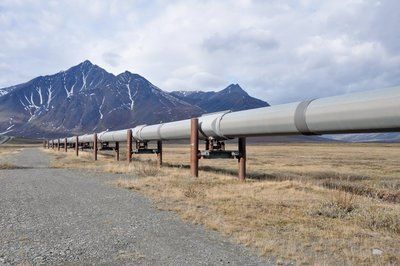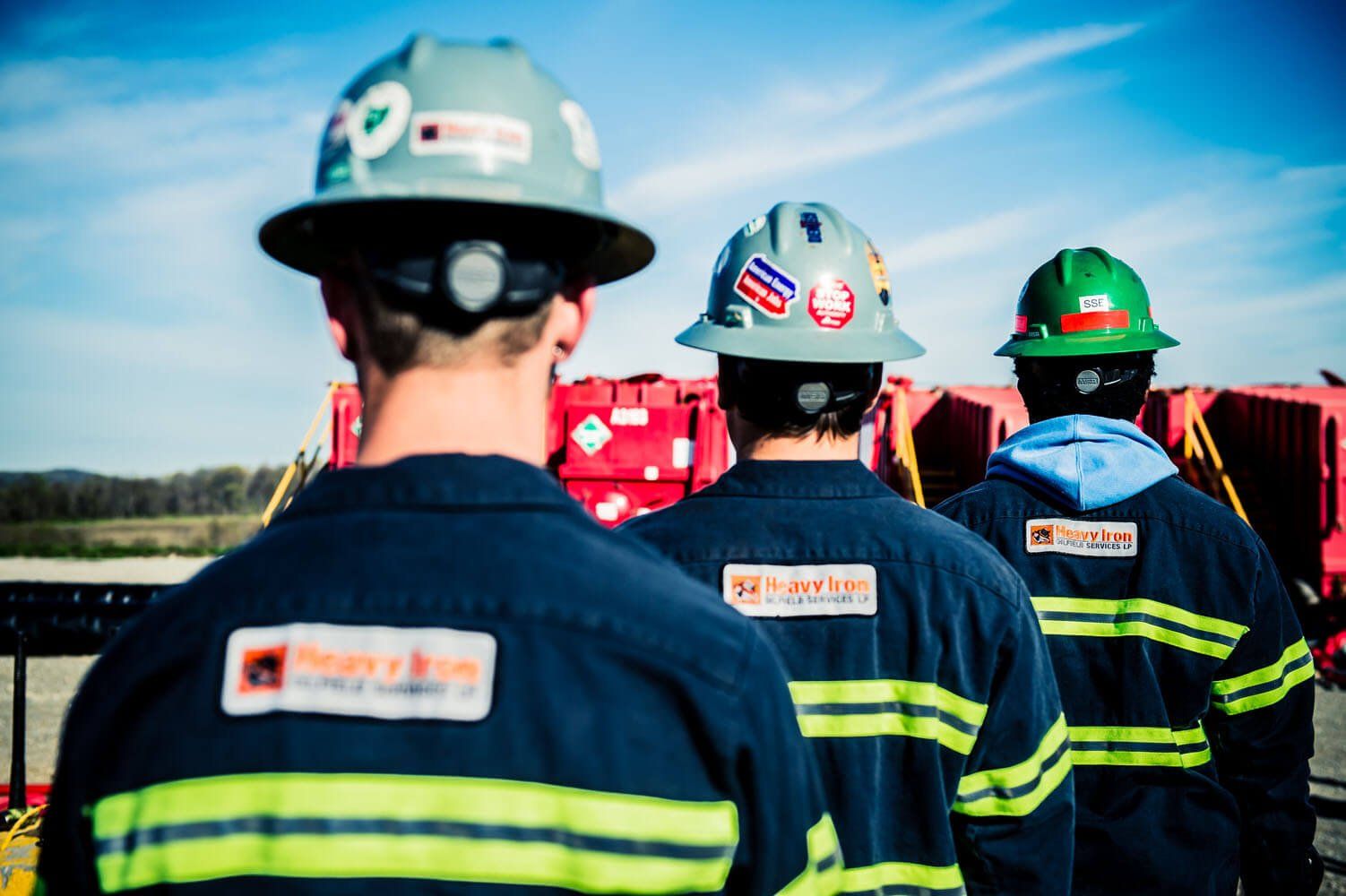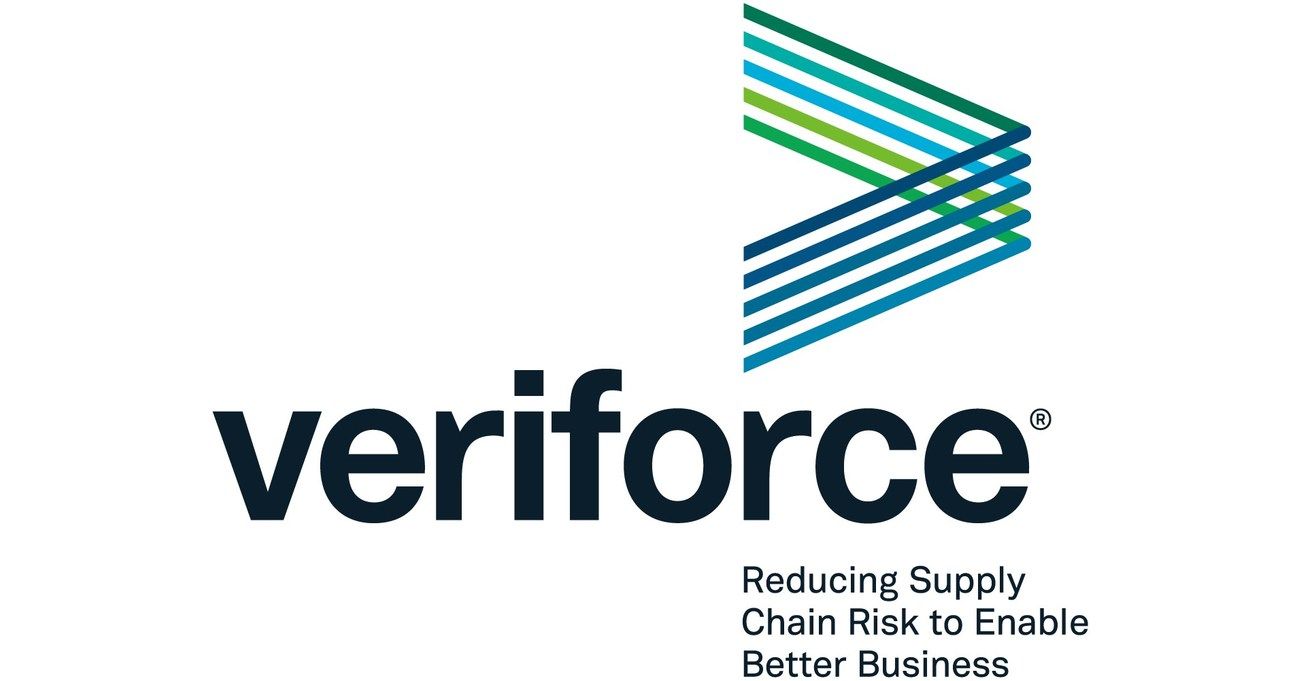HEAVY IRON NEWS
The Plan B To Keystone XL
- By Design Team
- •
- 17 Nov, 2015
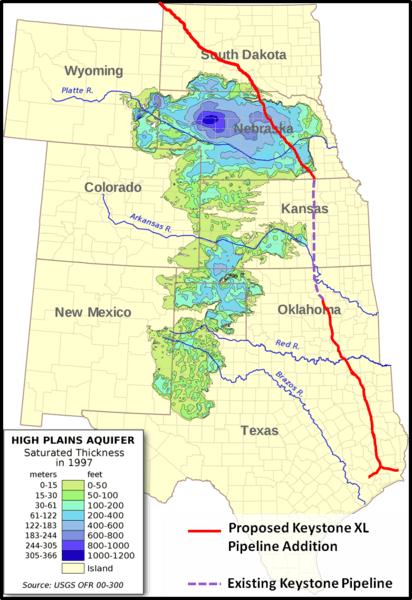
THE IMPORTANCE OF THE KEYSTONE XL
ALTERNATIVES TO KEYSTONE XL
BOLSTERING A STRUGGLING MARKET
Part of the problems facing the Canadian oil industry and American trade is that the oil itself is at an extremely low per barrel cost. Much of this is due to other foreign oil-producing nations, who have intentionally lowered the cost of oil as a method of driving North America out of the market. The low per barrel cost has led to a struggling oil industry, which in turn has less funding for large projects, such as developing new transportation processes. The Keystone XL would have been able to significantly reduce the cost of transportation (in addition to increasing safety), thereby making oil a more attractive prospect and investment.
The rejection of the Keystone XL pipeline essentially means that very little will change in transport between Canada and the United States. Unfortunately, that isn't a good thing: as demand for oil increases, it will steadily become more expensive and less useful to ship Canadian oil in via rail. This may mean a reliance upon other foreign sources of oil, unless American oil and gas companies can continue to grow despite the declining market.
Subscribe to Email Updates
Recent Post
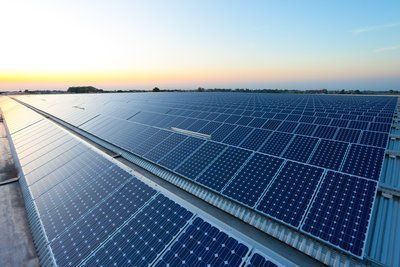
| A new project in development in Oman may be able to revolutionize the way that people think about solar energy and oil and gas. The Miraah project currently being developed will use solar power in order to produce oil, thereby reducing the amount of natural gas Oman residences will need to rely upon. Ideally, the Miraah project will be able to address many of the outstanding issues with solar technology related to energy capture, while creating a more efficient and effective method of oil production. |
